Introduction
When choosing hardware, there are many factors to consider.
Obviously, the price and the power is important, but so are things like the user’s needs and security.
Understanding these factors and balancing them against each other is very important when choosing hardware.
In this lesson, we’ll learn about:
- The factors affecting the choice of hardware.

Hardware Choice Factors
We must consider eight major factors when choosing hardware for a computer system. These are:
- User experience
- User needs
- Compatibility
- Cost
- Efficiency
- Implementation
- Productivity
- Security
Let’s look at each of these in more detail.
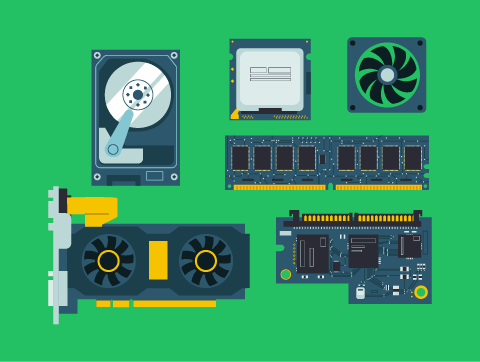
User Experience
This is about the feeling a person gets when making use of a device.
When purchasing hardware, particularly personal computers, we want to use it for different reasons and are looking for a different experience from the device.
The experience a user is looking for depends on their own skill set and needs. Some of the user experience aspects include:
- Ease of use
- Performance
- Availability
- Accessibility
Each of these aspects has different levels of importance to different users.
Let’s look at each of these aspects and their impact in more detail.
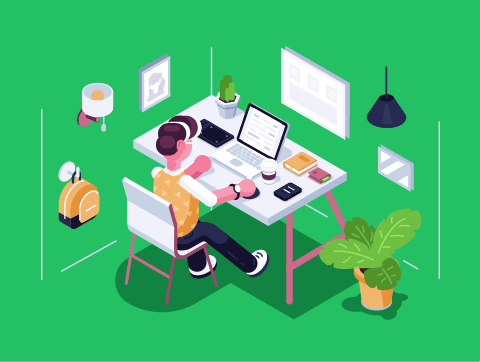
User Experience
Ease of Use
This is how simple and intuitive the device is for navigating and performing tasks. An inexperienced IT user may choose a device that is simple for them to use or that they’re more experienced with.
Performance
This is how powerful the device is, such as processing, memory, graphics & storage. Someone purchasing a system for high-end gaming may prioritise a device that has excellent performance.

User Experience
Availability
This is how often the device can be used, such as whether the device can be always on. A company purchasing an IT system to host their website will want it on 24/7.
Accessibility
This is how accessible the device is to people with disabilities. For example, someone with a visual impairment may choose a device that uses adaptive technology to support them.

User Needs
This is about what the user wants to use the hardware for.
Whether we are purchasing a complete IT system or a hardware component, such as a new storage device or graphics card, we need to ensure that it will meet the needs for which we are buying it.
An example of this might be choosing a new primary storage device for our desktop computer system.
We need to ensure the storage device has enough capacity to store all of the files and programs we want to store on it. If we’re a film editor or perhaps an avid gamer, then we’ll likely need a very large amount of storage.
We may also need to decide between SSD and HDD devices; if the speed of loading and saving is important to us, then an SSD becomes preferable.
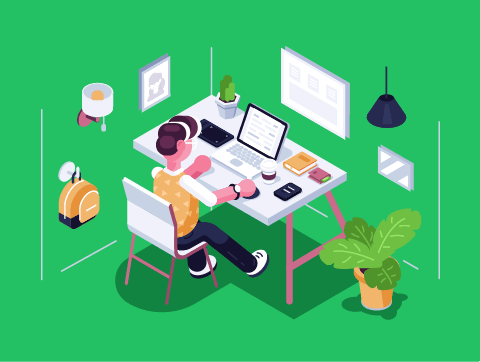
Compatibility
Compatibility is about whether the hardware will be able to work with the other hardware you are using.
This is extremely important when purchasing hardware as not all hardware and devices are compatible with each other.
For example, if purchasing a new CPU for your computer, you’ll need to consider what type of socket your motherboard has.
A CPU is only compatible with a certain type of socket. If you don’t check, you might not be able to connect to and use your new CPU.
There are other types of compatibility, such as whether your computer supports the connection method when purchasing a peripheral.
For example, your graphics card only has HDMI ports, but you bought a monitor that uses DisplayPort.
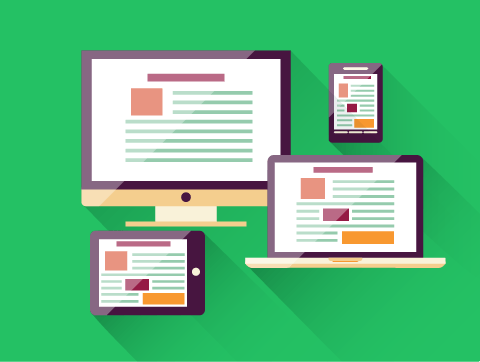
Cost
The cost of different hardware components can vary wildly.
A Raspberry Pi computer will cost you around £30, while a powerful gaming computer can cost well over £1000.
Even when looking at individual components, a 250mb HDD might cost less than £10, while a 2tb SSD can cost over £200.
These two devices obviously also have massively different performance and capacity, but we need to balance this against our budget.

Cost
There is also the cost of running a device to consider, not just in terms of electricity but also consumables such as printer ink.
We don’t have unlimited funds as individuals or as a business, so we have to be careful with how we spend our money.
For example, when purchasing new printers for a business, you have many options, such as whether you use an inkjet or laser printer, the speed of printing, and whether it prints in colour or not. There are also multi-functional printers that can scan, photocopy, and fax.
The features available will affect the cost of purchasing and running it, and a business must balance the capabilities of the device against the cost.

Efficiency
This is about how effectively tasks can be completed by the hardware device with as little resource waste as possible.
The resources we most often consider are time and staff. Can the system perform the task quicker? Does it need fewer people to operate it?
However, it can also be energy efficiency, such as a technology that requires less power to run.
Most supermarkets have self-service tills nowadays. This wasn’t true several years ago, though.
This changed because it allowed a single employee to look after several self-service tills. This reduces the number of staff the supermarkets need, making the business much more efficient.
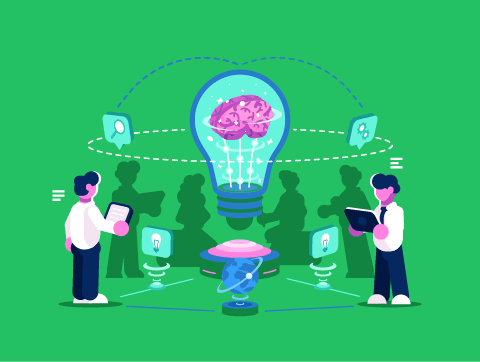
Implementation
This is about what is involved with putting a new system into effect.
This isn’t just the time for delivering the hardware, connecting it up, and running it; we also need to install our software and likely transfer data from the old system to the new one.
Some of the implementation aspects to consider with a new IT system include:
- Timescales
- Testing
- Migration
Let’s look at each of these aspects and their impact in more detail.
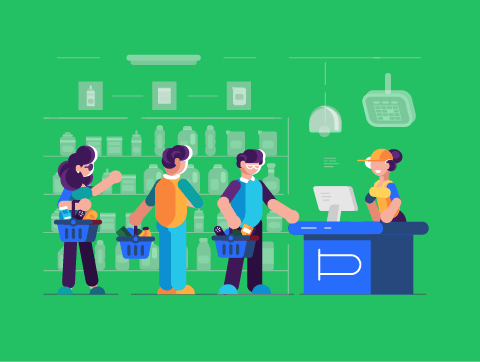
Implementation
Timescales
This is about the time it takes for the new system to be delivered. The lead time for the delivery of an item could mean it will take too long to arrive to meet our needs.
For example, when you purchase a new smartphone, if a model is out of stock, you might not consider it an option due to the wait.
Testing
This is about ensuring the new system works correctly, and our software is compatible & stable. Some devices will require greater testing than others, and this has to be factored into your decision.

Implementation
Migration
This is the process of transferring data from the old system to the new one. This can be much more complicated depending on your device, but some can automate the process.
For example, if you have historically had an iPhone, switching to an Android device will make migrating your data and software much harder, which might encourage you to keep an iPhone.

Productivity
This is about how quickly tasks can be completed when making use of an IT system.
Slow boot times, processing, save/load times & whether the device tends to freeze or crash can significantly impact productivity.
Obviously, within a business, this can significantly impact staff productivity, but it must be balanced carefully against other factors, such as cost.
For example, when purchasing components for a new computer system, you’ll have the choice of dual-core or quad-core processors, DDR3 or DDR4 RAM, or HDD or SSD storage.
These each will have clear effects on the speed at which your computer can run and, as such, on your productivity in your job.
But we can’t always choose the most powerful option due to other factors, like cost.
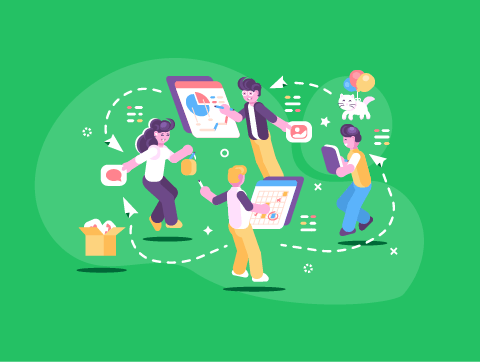
Security
This is about how safe a device is from security threats, such as hackers & viruses. Some devices are much more susceptible to these threats than others.
For example, Windows PCs are more likely to be attacked by viruses than Linux or Mac computers. This means additional costs, such as anti-virus software and better recovery procedures, will need to be considered.
We also treat some devices differently and can be much more vigilant about security with certain devices than we are about others.
For example, users often aren’t as careful about security with mobile devices as they are with laptops.

Lesson Summary
There are eight factors to consider when choosing hardware:
- User experience
- User needs
- Compatibility
- Cost
- Efficiency
- Implementation
- Productivity
- Security
